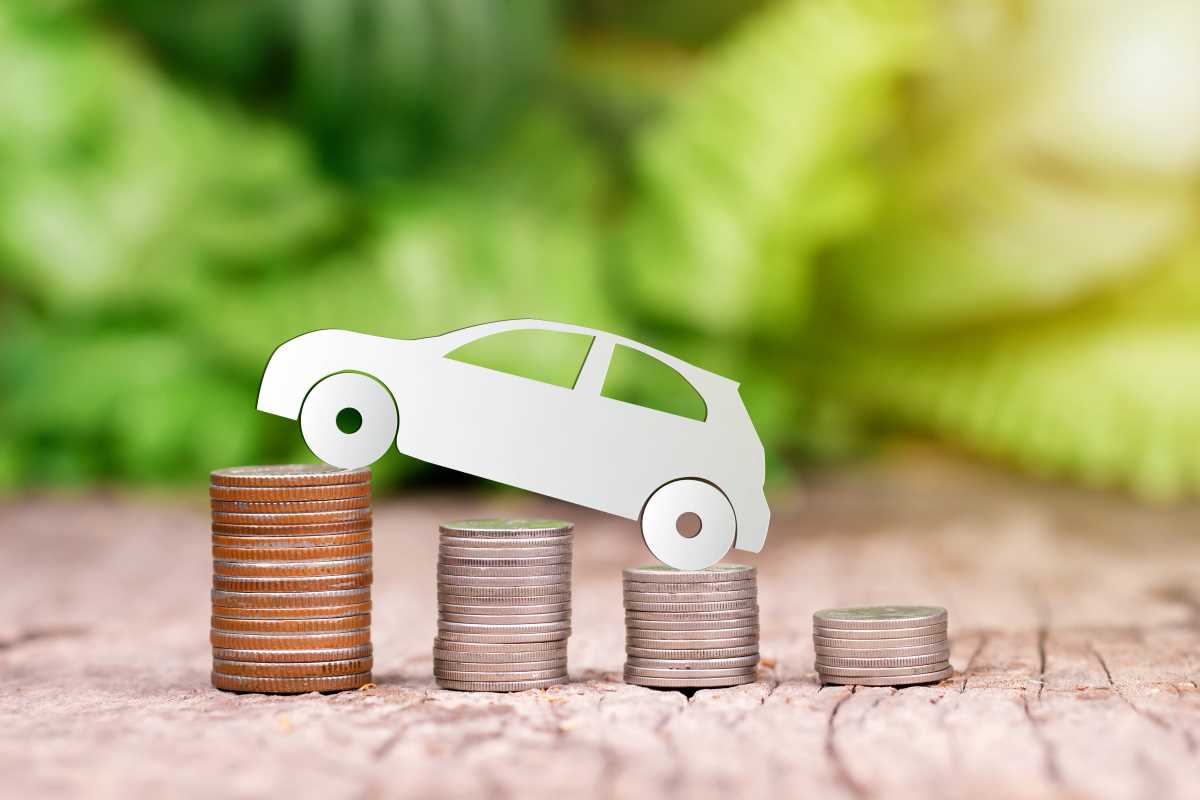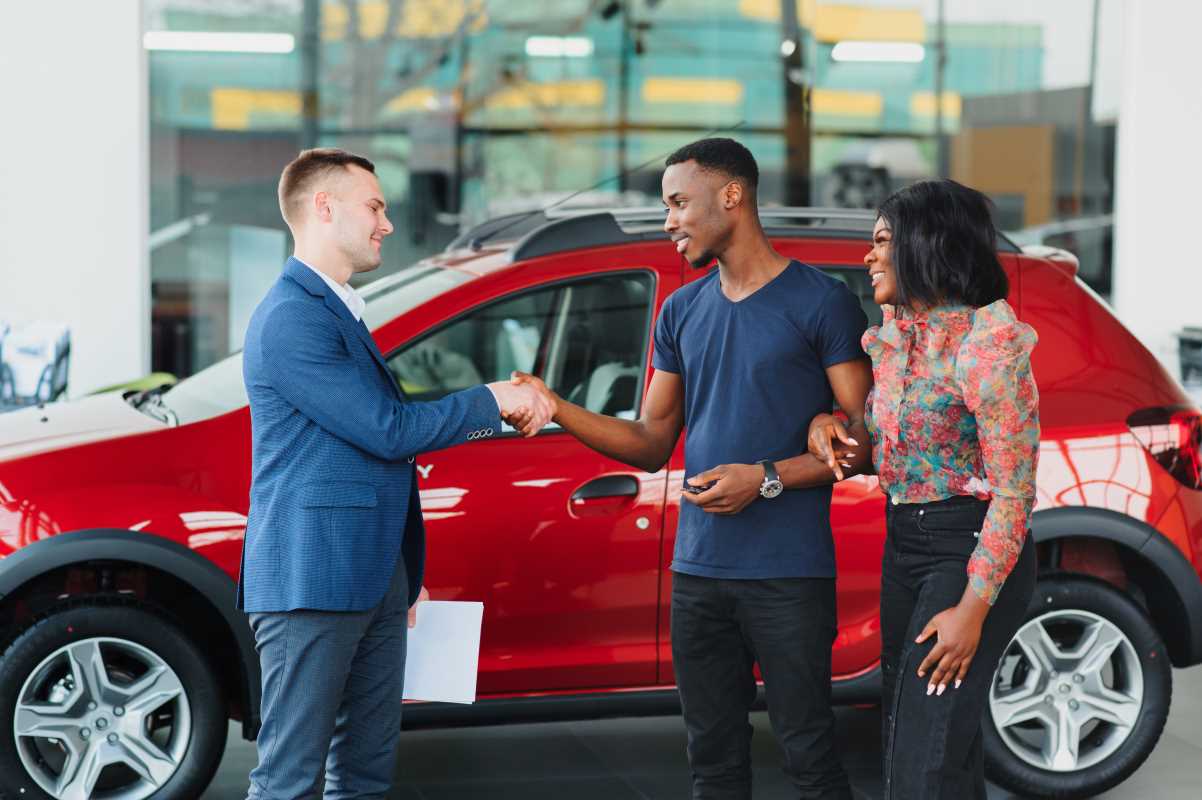Deciding how to pay for your next car is one of the biggest choices you’ll face as a buyer. Should you lease, with its promise of lower monthly payments and a shiny, new car every few years? Or should you finance, giving you full ownership once the loan is paid off? Both options sound enticing, but the right decision depends on your lifestyle, budget, and long-term goals. Understanding the key differences between leasing and financing can make all the difference. Whether you’re eyeing a used car or walking into a dealership for something new, here’s a breakdown to help you decide which path is better for you.
What Does Leasing a Car Mean?
Leasing is essentially like renting a car for a set period, usually two to three years. You get to drive the car during that time without committing to long-term ownership. At the end of the lease, you’ll return the vehicle to the dealership, though many leases also give you the option to buy it at a preset price.
One of the biggest perks of leasing is the lower upfront and monthly costs. Because you’re only paying for the car’s depreciation during the lease term, rather than its full value, payments tend to be smaller than they would be for a loan. Additionally, leases often have smaller down payments or no down payment at all, making them attractive to buyers who don’t want to break the bank upfront.
Leases also come with mileage limits, usually around 10,000 to 15,000 miles a year. If you exceed that limit, you’ll face extra fees. While this might not be an issue if your driving is mostly local, it’s something to consider if road trips or long commutes are part of your lifestyle.
What Does Financing a Car Mean?
Financing means taking out a car loan to buy the vehicle outright. Once the loan is paid off, the car is fully yours. This approach tends to appeal to people who plan to stick with the same car for years or even drive it into the ground. Unlike a lease, there’s no restriction on mileage, and no one will care if the car picks up a scratch or two along the way.
One major benefit of financing is the ability to build equity. Each payment you make brings you closer to owning the car outright, which means you’ll eventually be driving payment-free. And if you decide to sell or trade in the car down the line, its resale value belongs to you, not the dealership.
However, financing often requires a larger upfront payment than leasing, and the monthly payments are typically higher. That’s because you’re covering the vehicle’s full cost, plus interest. On the bright side, once the loan term is over, you’re free and clear, with no further obligations.
Comparing Monthly Costs
When it comes to affordability, leasing usually comes out ahead, at least in the short term. Because lease payments are based on depreciation rather than the vehicle’s full price, they tend to be lower. For example, leasing a used SUV might cost you $250 a month, while financing the same vehicle could set you back $350 or more monthly.
But it’s important to think beyond the monthly payment. While leasing might seem cheaper upfront, there’s no equity involved. At the end of your lease, you’ll have to either lease another car or finance a new one, keeping you in a cycle of payments. Financing costs more each month, but it’s an investment in eventual ownership. Once the car is paid off, you’ll enjoy driving without monthly obligations.
Flexibility and Your Lifestyle
Leasing offers a level of flexibility that’s hard to beat. If you enjoy driving newer cars and upgrading every few years, leases are made for you. You can trade in your current ride for a new model at the end of each lease term, keeping things fresh without worrying about selling the car yourself.
On the other hand, financing gives you maximum flexibility. Want to keep the car for ten years? No problem. Need to drive across the country and rack up mileage? Go for it. Financing frees you from mileage limits, wear-and-tear penalties, and other restrictions that often come with leases. It’s ideal for people who prioritize long-term use over swapping cars often.
Maintenance and Repairs
Vehicle maintenance is another area where leasing and financing differ. Lease agreements often include warranties that cover most major repairs during the lease term. This can provide peace of mind, knowing you won’t face significant repair bills. On the flip side, because you're expected to return the car in good condition, you may be charged for excessive wear and tear or required to make cosmetic repairs before handing it back.
When financing, all repair costs fall on you once the manufacturer’s warranty runs out. This includes both routine maintenance and unexpected issues. That said, since you own the car, you have the freedom to choose where and how maintenance and repairs are done, potentially saving money.
Ownership and Long-Term Value
The biggest difference between leasing and financing comes down to what happens at the end. When you lease, you don’t own the car. At best, you’ll have the option to purchase it, but otherwise, you’re left without a vehicle when the lease term ends. This can be frustrating if you’ve spent years making payments, only to have nothing to show for it.
Financing, on the other hand, is all about ownership. Once the loan is paid off, the car is yours. It becomes an asset, and it holds resale value, even as it ages. This long-term benefit makes financing a popular choice among buyers who view their car as more than just a way to get from point A to point B.
Finding the Right Fit
Ultimately, the choice between leasing and financing depends on your priorities. If driving a new vehicle every few years, keeping payments low, and avoiding long-term commitments sound appealing, leasing may be your best option. But if you place value on ownership, long-term savings, and the freedom to drive as much as you want, financing is likely the smarter move.
Taking the time to weigh your needs and consider the pros and cons of each approach is key. Whether you choose to lease or finance, understanding how each option impacts your lifestyle and finances ensures you’ll feel good about your decision every time you hit the road.







